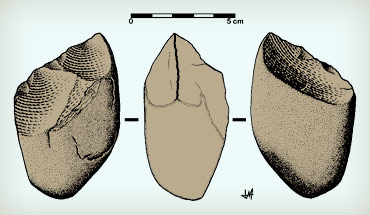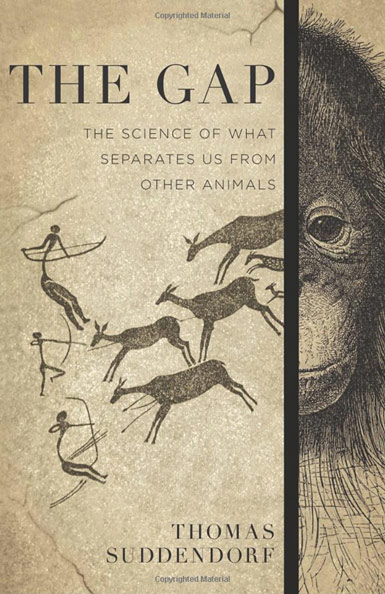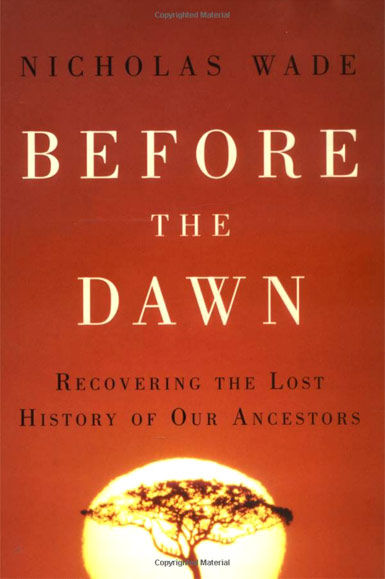
Homo Habilis: Early Toolmakers
With larger brains, the beginnings of speech, and tools to aid meat eating, Homo habilis and its pre-human branches left the first traces of cultural behavior.
Human beings evolved in Africa from a variety of hominid species over a period of a several million years. Between 2.5 and 1.8 million years ago, the first species called Homo appeared. The discovery of its remains by the Leakeys at the Olduvai Gorge in Tanzania marked the first time that Africa was recognized as the birthplace of humanity. Richard Leakey and his team named the species Homo habilis.
About 3 million years ago, a period of global cooling occurred which brought a steep decline in rainfall in East and Central Africa where our human ancestor the australopithecine lived. Forests and woods gave way to savannas and grasslands and stimulated the evolution of Homo habilis, who lived alongside the earlier australopithecine, about 2.5 million years ago.
H. habilis retained the apelike body of the australopithecine and still used trees for protection and retreat. They had smaller teeth and were scavengers of meat and bone marrow. Meat-eating allowed for a smaller gut and also provided the nutrition that gave them a larger brain of 600 to 800 ccs. Bipedalism and the growth of a larger brain were two major steps in the process of changing the chimp-like ancestor into modern humans.
Braincase impressions (taken from inside the skull) suggest that H. habilis showed development in language areas of the brain indicating a language or proto-language.

It’s almost certain that H. habilis fashioned and used primitive stone tools now known as the Oldowan Industrial Complex. These consisted of pebble cores with the rough flakes struck from them, providing “choppers.” Their sharpened edge was ideal for butchering, cutting and scraping off meat from bones.
These tools were first found with the H. habilis remains in the Olduvai Gorge and subsequently in other areas of eastern, central and southern Africa, making the Oldowan stone tool industry the earliest evidence we have of human cultural behavior.
There were at least four pre-human branches of this family—Homo habilis, Homo rudolfensis, Paranthropus boisei, and Homo ergaster/erectus.

The Gap
The Science of What Separates Us from Other Animals
Thomas Suddendorf
A leading research psychologist concludes that our abilities surpass those of animals because our minds evolved two overarching qualities.

Before the Dawn
Recovering the Lost History of Our Ancestors
Nicholas Wade
New York Times science writer explores humanity’s origins as revealed by the latest genetic science.

The Axemaker’s Gift
Technology’s Capture and Control of Our Minds and Culture
James Burke and Robert Ornstein
Explore the double-edged history of human culture—how those with capacity for sequential analysis generated technologies to “cut and control” the world and and shape their community.
